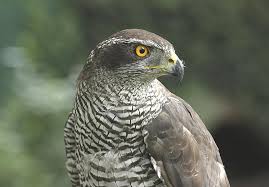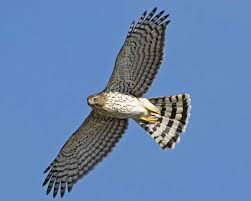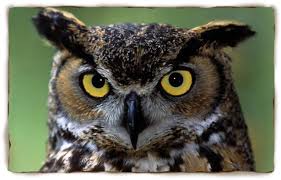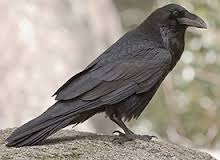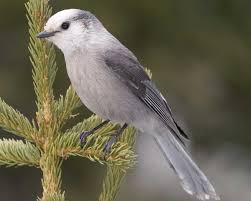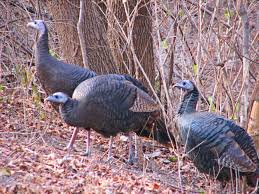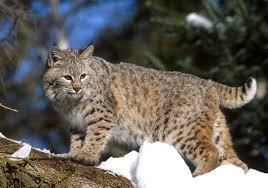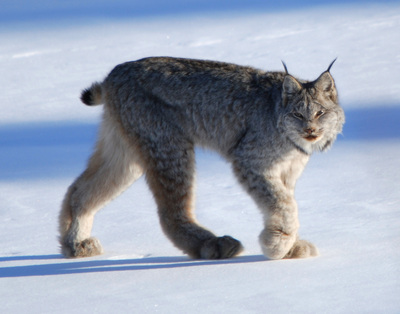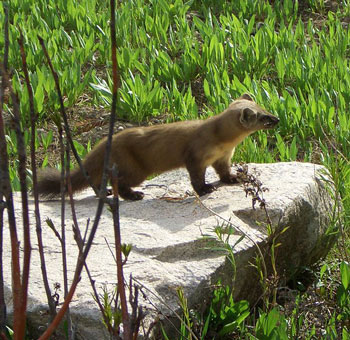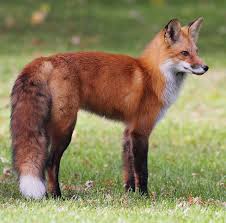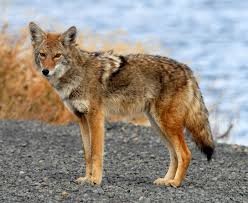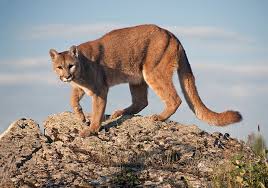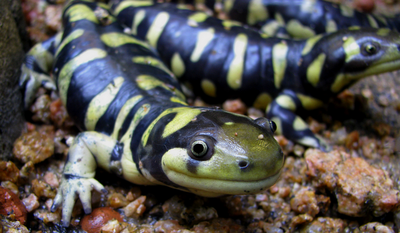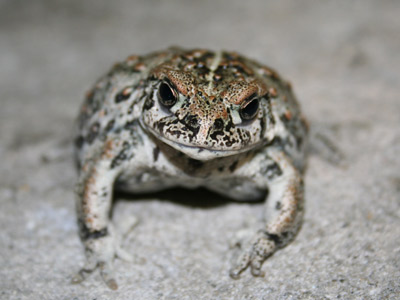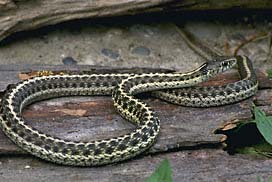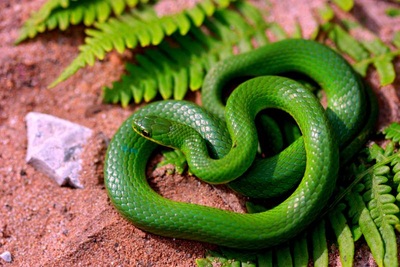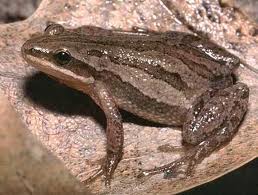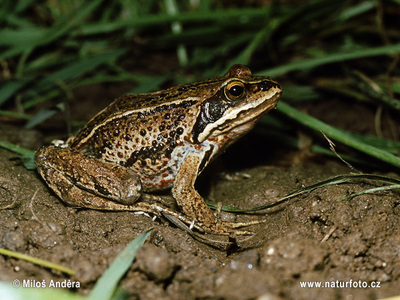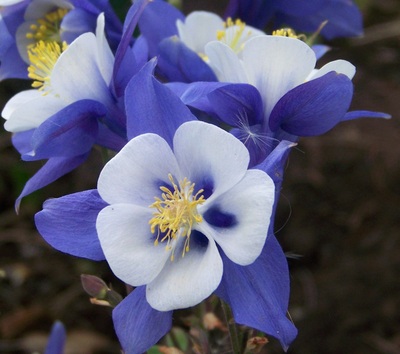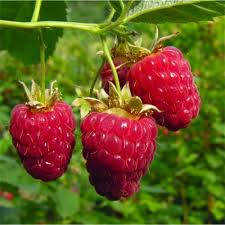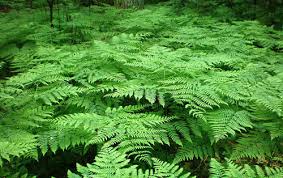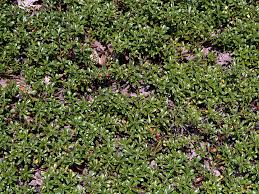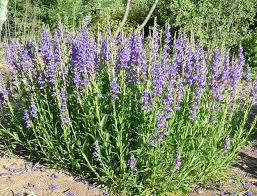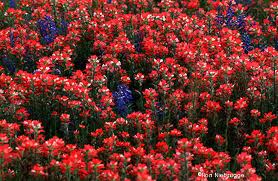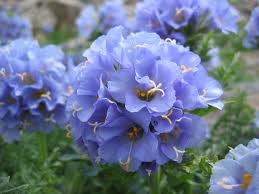Montane-oak shrubland ecosystem
Tristan and Jack P.
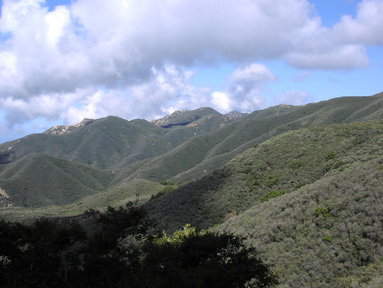
This life zone is the Montane oak shrubland. The elevation is 8,000 to 10,000 feet in elevation. Where you can find many different types of birds, reptiles, and mammals. Also you can find different types of plants.
Birds of the Montane-oak shrubland ecosystem
Some birds you might see in this ecosystem consist of the Northern Goshawk, Cooper's hawk, Great horned owl, Raven, Gray jay, and Wild turkey..
Northern Goshawk Cooper's Hawk Great Horned Owl Raven Gray Jay Wild Turkey
Mammals of the Montane-oak shrubland ecosystem
Some mammals you might see in this ecosystem consist of the Bobcat, the Canadian lynx, the American marten, the Red fox, the Coyote, the Mountain lion, the Black bear, the Timber wolf, the Porcupine, the Long tailed weasel, the Snowshoe hare, and the Cotton tail rabbit.
Bobcat. The bobcat is a familiar animal, but it is secretive and seldom seen. The animals are 32–37 inches long with a tail about 6 inches in length. Bobcats are similar in appearance to their cousin, the lynx. Indeed, they are especially difficult to distinguish in the Southern Rockies, where the local bobcat is large and pale in color (several points of contrast are provided in the profile of the lynx). Hasty observers sometimes confuse mountain lion kittens — which are spotted — with bobcats or lynx, but that is a careless error because young cougars have distinctly long tails.
The Canada Lynx is a large, bob tailed cat, three feet long with a black-tipped tail only about one-eighth the total length, and only about half the length of its huge hind foot. Weights are 20 – 30 pounds. The coat is grayish, with obscure spots. The magnificent ear tufts may be nearly as long as the actual ears.
The Canada Lynx is a large, bob tailed cat, three feet long with a black-tipped tail only about one-eighth the total length, and only about half the length of its huge hind foot. Weights are 20 – 30 pounds. The coat is grayish, with obscure spots. The magnificent ear tufts may be nearly as long as the actual ears.
American Marten. The marten (often called the pine marten or American marten) is a weasel that lives in trees. Males are about two feet long, with an eight inch tail, and they weigh about 1 1/2 pounds. Females are 10 to 20 percent smaller than the males and weigh only half as much as males. Martens are brown, right to the tip of the tail, and a pale yellowish brown beneath. Martens are mostly nocturnal, but when they are hungry they are active day or night. As other weasels, martens are active year round. In the coldest weather they may den in a tree hole or chickaree nest.
Four species of foxes make Colorado home. Red and gray foxes are three feet long and weigh nine to 11 pounds. Red foxes are reddish orange above, white below, and have a white-tipped tail and black ears and feet. Gray foxes have a black-tipped tail, reddish ears and feet and a mane of stiff black hairs on their grayish brown back. Swift and kit foxes are only 27 to 36 inches long; their tails are as long as their bodies. They weigh just four to seven pounds.
Four species of foxes make Colorado home. Red and gray foxes are three feet long and weigh nine to 11 pounds. Red foxes are reddish orange above, white below, and have a white-tipped tail and black ears and feet. Gray foxes have a black-tipped tail, reddish ears and feet and a mane of stiff black hairs on their grayish brown back. Swift and kit foxes are only 27 to 36 inches long; their tails are as long as their bodies. They weigh just four to seven pounds.
Coyote. The coyote is the size and shape of a small shepherd dog, about four feet in length with a full, black-tipped tail about 14 inches long. Weights are 30 to 40 pounds. Their long hair varies in color with geography and season from pale grayish buff to rich reddish brown. The ears are rusty red behind. Coyotes may live up 20 years, but ten years is a rough average. In an extermination effort from 1915 to 1947, bounties were paid on 1,884,897 coyotes in the United States. Coyotes are managed as furbearers in Colorado.
The mountain lion is called by more names than any other Colorado mammal – cougar, puma, panther, catamount or just plain lion – and all connote respect for a magnificent hunter. Colorado’s largest cat, adult mountain lions are more than six feet long, with a graceful, black-tipped tail 32 inches long. They weigh 130 pounds or more. Color is reddish to buffy, paler below.
The mountain lion is called by more names than any other Colorado mammal – cougar, puma, panther, catamount or just plain lion – and all connote respect for a magnificent hunter. Colorado’s largest cat, adult mountain lions are more than six feet long, with a graceful, black-tipped tail 32 inches long. They weigh 130 pounds or more. Color is reddish to buffy, paler below.
Bobcat Canada Lynx American Marten Fox Coyote Mountain Lion
Reptiles of the Montane-oak shrubland ecosystem
Some reptiles you might see in this ecosystem consist of the Tiger salamander, the Western boreal toad, the Western terrestrial garter snake, the Western chorus frog, the Smooth green snake, and the Wood frog.
Tiger Salamander Western Boreal Toad Western Terrestrial Smooth Green Snake Western Chorus Frog Wood Frog
Garter Snake
Garter Snake
Tiger Salamander. They have 3" to 6" snout-vent length; to about 12½" overall. The color is variable, ranging from golden yellow through olive green to black. Often has round spots or irregular blotches of black on light background, or yellow spots on black body color. Larvae with three pair of gills.
Western Boreal Toad. Usually less than 3½" snout-vent length in Colorado. The color is dark, greenish, brown or black, with light stripe down middle of back. Cranial crests are usually absent.
Western Boreal Toad. Usually less than 3½" snout-vent length in Colorado. The color is dark, greenish, brown or black, with light stripe down middle of back. Cranial crests are usually absent.
Western Terrestrial Garter Snake. Adults are 24" to 42" in length. The color brown to gray; gray and light tan checkerboard pattern conspicuous in juveniles, darkens and becomes obscure with age. Light stripe down sides of body, becomes less prominent with age. Prominent light stripe down back on individuals from southeastern Colorado; stripe faint or absent elsewhere. Moderately slender body; keeled scales. Single anal plate.
Smooth Green Snake. Adults 12" to 26" in length. Color uniformly green on top, white to cream on underside. Slender body, with smooth scales. Divided anal plate.
Smooth Green Snake. Adults 12" to 26" in length. Color uniformly green on top, white to cream on underside. Slender body, with smooth scales. Divided anal plate.
Western Chorus Frog. Up to 1½" snout-vent length. Color gray, green, olive, brown, or reddish, with irregular green or brown stripes or spots. Stripe through eye extends to groin. Hind foot without distinct webbing.
Wood Frog. 1½" to 3¼" snout-vent length. Color brown, greenish, or yellowish gray, with lighter vertebral stripe. Dark mask from ear through eye to upper lip with white or whitish stripe below. Dorsolateral folds prominent.
Wood Frog. 1½" to 3¼" snout-vent length. Color brown, greenish, or yellowish gray, with lighter vertebral stripe. Dark mask from ear through eye to upper lip with white or whitish stripe below. Dorsolateral folds prominent.
Plants of the Montane-oak shrubland ecosystem
These are some of the plants you might see in this ecosystem.
Columbine Wild Raspberry Bracken Fern kinnikinnick Rocky Mountain penstemon Indian Paintbrush
Columbine (State flower of Colorado!)
Wild Raspberry. "Parviflorus" means "small flowered", which Thimbleberry definitely isn’t, for it has flowers that are several inches in diameter. Everything else about the plant is also big: it grows in extensive patches, it sometimes reaches six feet tall, its leaves are commonly 6-8 inches wide, and its berries are up to 3/4 inch wide with a very big rich fruity taste.
Wild Raspberry. "Parviflorus" means "small flowered", which Thimbleberry definitely isn’t, for it has flowers that are several inches in diameter. Everything else about the plant is also big: it grows in extensive patches, it sometimes reaches six feet tall, its leaves are commonly 6-8 inches wide, and its berries are up to 3/4 inch wide with a very big rich fruity taste.
Pteridium aquilinum (Bracken Fern) contains cyanogenic glycosides which break down to cyanides in animals (including human animals). Our digestive system can break down small amounts of cyanides, such as those we might get from a few apple or pear seeds or a tiny amount of ferns, but larger amounts can lead to everything from "feeling bad", to breathing difficulties, to kidney failure, to death. Even though some people continue to eat the very young, washed, and then boiled fiddleheads of this and other ferns, there is considerable doubt regarding the safety of eating this plant.
Tiny, bright green, leathery leaves spread from stolons making this plant fairly easy to spot. Pink-to-white bell-shaped flowers give way to bright red
Tiny, bright green, leathery leaves spread from stolons making this plant fairly easy to spot. Pink-to-white bell-shaped flowers give way to bright red
Jacob's Ladder
The very common Polemonium pulcherrimum or Jacob’s ladder is short and pale blue/purple. It most commonly grows in shady, acid soils under Spruce and Fir, but it can also be found, as in the photograph at left, in open sunny areas. It is common for clusters of many plants to have few, if any, flowers. But eye-catching arrays of dozens of flowers are also common. In the very dry year of 2003 there was no Polemonium pulcherrimum in sight. Following the very wet winter and spring of 2004-2005, there were many in bloom.
Abiotic Definition:
Abiotic Means non living or dead for example air, rock, water, soil and light are the five abiotic interactions in ecosystems.
Abiotic Means non living or dead for example air, rock, water, soil and light are the five abiotic interactions in ecosystems.
Human Impacts in the Foothills & Montane
- Changes to wildlife habitat
- Increased Fire Risk
- Invasive plants species
